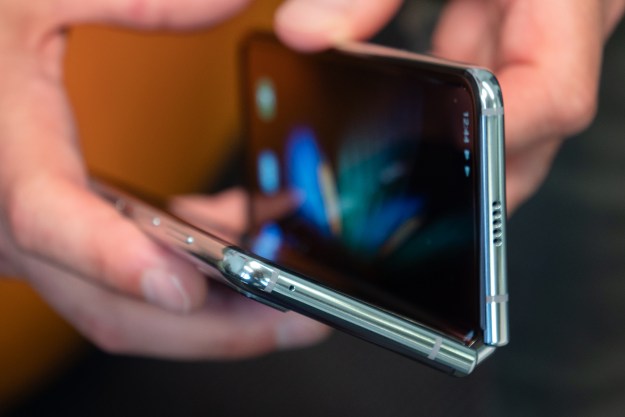
NextRadio — available on iOS and Android — is an app that allows you to stream live, local FM radio stations on your smartphone. If your phone’s FM chip is activated, the app will also provide you with emergency listening capabilities.
By unlocking the FM Chip, Samsung will allow users to listen to local stations, meaning you’ll use less data and battery to stream radio apps. More importantly, the chip will help those in emergency situations by providing important information from local radio stations when cellular coverage is unavailable.
Last year, LG revealed NextRadio was becoming a native platform on some of its top phones in North and South America. The phones not only have their FM chips enabled, but also already come pre-installed with the app.
NextRadio’s website lists over 200 radio-capable phones — most of which are Samsung phones, along with HTC, and Motorola devices — but the radio will only be available if you download the app.
While NextRadio is available for iOS, Apple smartphones are missing from the list. The iPhone 7 and its latest iPhone 8 are also both chip-free, with future models most likely continuing the pattern. The chip’s absence from iPhones could be due to the company not wanting consumers to use radio, since it may effect Apple Music subscriptions.
Ultimately, it’s the manufacturers that make the decision to enable the FM radio chip within its smartphones. But it does often rest on the carrier as well.
Even though FM radio chips are included in the chipset of most smartphones and can be activated by manufacturers, most carriers have no motive to do so. Having customers stream their music also means they’re using up more data, which allows carriers to make more money.
It’s clear that unlocking the FM Chip in smartphones is necessity when it comes to public safety — especially in the wake of recent natural disasters around the world — and manufacturers are noticing. If you’re looking for a smartphone with an FM radio, it’s clear that an Android device may be your best option.
Editors' Recommendations
- I used Samsung’s next big smartphone update. Here’s why I love it
- Samsung isn’t launching a new Exynos chip on November 19 after all
- Realme’s next cheap flagship phone will use Samsung’s 108MP camera
- Samsung’s new Exynos 2100 5G mobile chip launched ahead of the Galaxy S21
- Samsung’s new upcycling program turns your old phone into a SmartThings device


